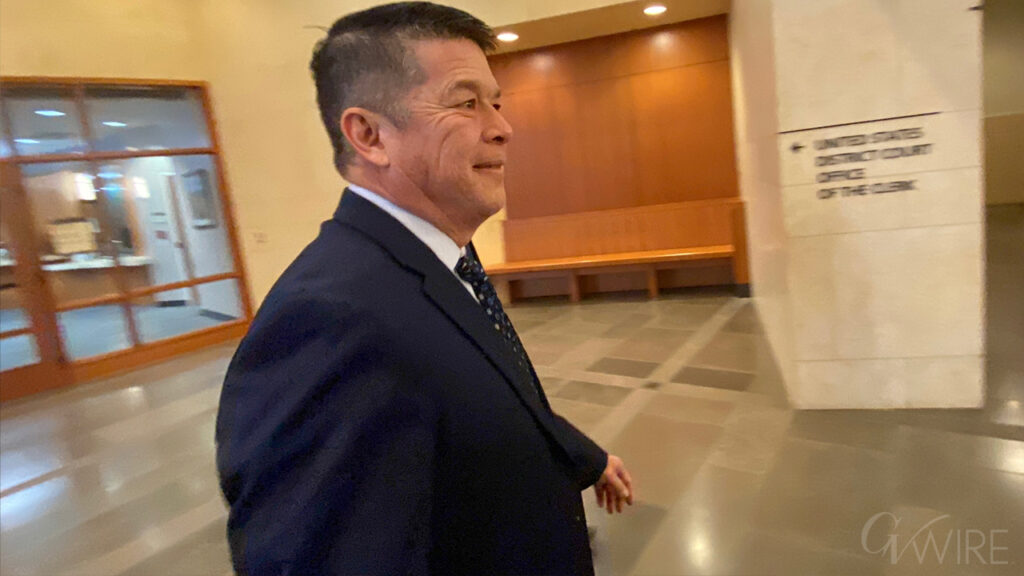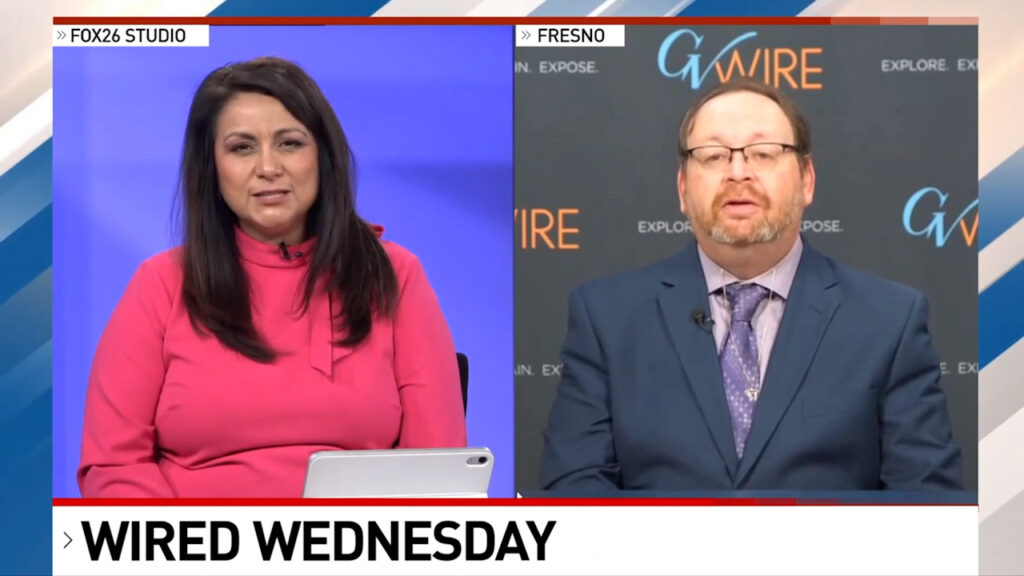Federal Trade Commissioner Rebecca Slaughter testifies on the "Oversight of the Federal Trade Commission" before the U.S. Senate Consumer Protection, Product Safety, Insurance and Data Security Subcommittee in the Russell Senate Office Building in Washington, Nov. 27, 2018. (Reuters/Leah Millis)
Share
|
Getting your Trinity Audio player ready...
|
The U.S. Supreme Court sided again on Monday with Donald Trump, allowing the Republican president to fire a Democratic member of the Federal Trade Commission — for now — despite Congress providing job protections for this post.
The court blocked an order by Washington-based U.S. District Judge Loren AliKhan that had shielded Rebecca Slaughter, who had sued to challenge Trump’s action, from being dismissed from the consumer protection and antitrust agency prior to her term expiring. The Supreme Court also announced on Monday that it will hear arguments in the case in December.
The court has a 6-3 conservative majority. Its three liberal justices dissented from Monday’s order letting Trump remove Slaughter for now.
Chief Justice John Roberts on September 8 had paused AliKhan’s order – allowing Trump to keep Slaughter out of her post — to give the court more time to consider the administration’s request concerning the judge’s order.
The dispute centers on Trump’s power to dismiss government agency heads covered by removal protections that Congress put in place to give certain agencies a degree of independence from presidential control.
Federal law permits a president to remove FTC commissioners only for cause — such as inefficiency, neglect of duty or malfeasance in office — but not for policy differences. Similar protections cover officials at other independent agencies, including the National Labor Relations Board and Merit Systems Protection Board.
Slaughter was one of two Democratic commissioners who Trump moved to fire in March. The firings drew sharp criticism from Democratic senators and antimonopoly groups concerned that the move was designed to eliminate opposition within the agency to big corporations.
AliKhan in July blocked Trump’s firing of Slaughter, rejecting the Trump administration’s argument that the tenure protections unlawfully encroach on presidential power. The U.S. Court of Appeals for the District of Columbia Circuit on September 2 in a 2-1 decision kept the judge’s ruling in place.
The lower courts ruled that the statutory protections shielding FTC members from being removed without cause conform with the U.S. Constitution in light of a 1935 Supreme Court precedent in a case called Humphrey’s Executor v. United States. In that case, the court ruled that a president lacks unfettered power to remove FTC commissioners, faulting then-President Franklin Roosevelt’s firing of an FTC commissioner for policy differences.
The Trump administration in its Supreme Court filing in Slaughter’s case argued that “the modern FTC exercises far more substantial powers than the 1935 FTC,” and thus its members can be fired at will by the president.
‘A Story of Contiunity’
Lawyers for Slaughter in court papers pushed back against that contention, arguing that the FTC’s development over the decades is “a story of continuity, not transformation.”
“As both courts below found and numerous courts have agreed, the FTC has not ‘outgrown’ Humphrey’s Executor,” they wrote.
In May, the Supreme Court allowed Trump’s dismissals at the National Labor Relations Board and Merit Systems Protection Board — despite the job protections for these posts — while litigation challenging those removals proceeded.
The court in that ruling said the Constitution gives the president wide latitude to fire government officials who wield executive power on his behalf, and that the administration “is likely to show that both the NLRB and MSPB exercise considerable executive power.”
Citing that rationale in July, the court also allowed Trump to remove three Democratic members of the U.S. government’s top consumer product safety watchdog while a legal challenge to their removal proceeds.
The dissenting liberal justices on Monday criticized the court’s majority for allowing Trump to fire Slaughter — as well as other members of independent agencies — without cause, despite Supreme Court precedent restricting the president’s ability to do so.
“Yet the majority, stay order by stay order, has handed full control of all those agencies to the President. He may now remove — so says the majority, though Congress said differently — any member he wishes, for any reason or no reason at all. And he may thereby extinguish the agencies’ bipartisanship and independence,” Justice Elena Kagan wrote for the three liberals.
The administration has repeatedly asked the Supreme Court to allow implementation of Trump policies impeded by lower courts. The Supreme Court has sided with the administration in almost every case that it has been called upon to review since Trump returned to the presidency in January.
Trump’s administration also asked the Supreme Court last Thursday to let him move ahead with firing Federal Reserve Governor Lisa Cook — a move without precedent since the central bank’s founding in 1913 — in a legal battle that could imperil the Fed’s independence.
Since the removal of Slaughter and her fellow Democratic commissioner in March, the FTC has operated for most of that time with three Republicans and no Democratic members.
The agency has pursued conservative agenda items in recent months, including holding a workshop on what it called the dangers of gender-affirming medical care for transgender youth. The FTC warned Google that filtering Republican fundraising emails as spam could be unlawful and sought to investigate media watchdogs accused by Elon Musk of helping orchestrate advertiser boycotts of his social media platform X.
(Reporting by John Kruzel; Editing by Will Dunham)



















